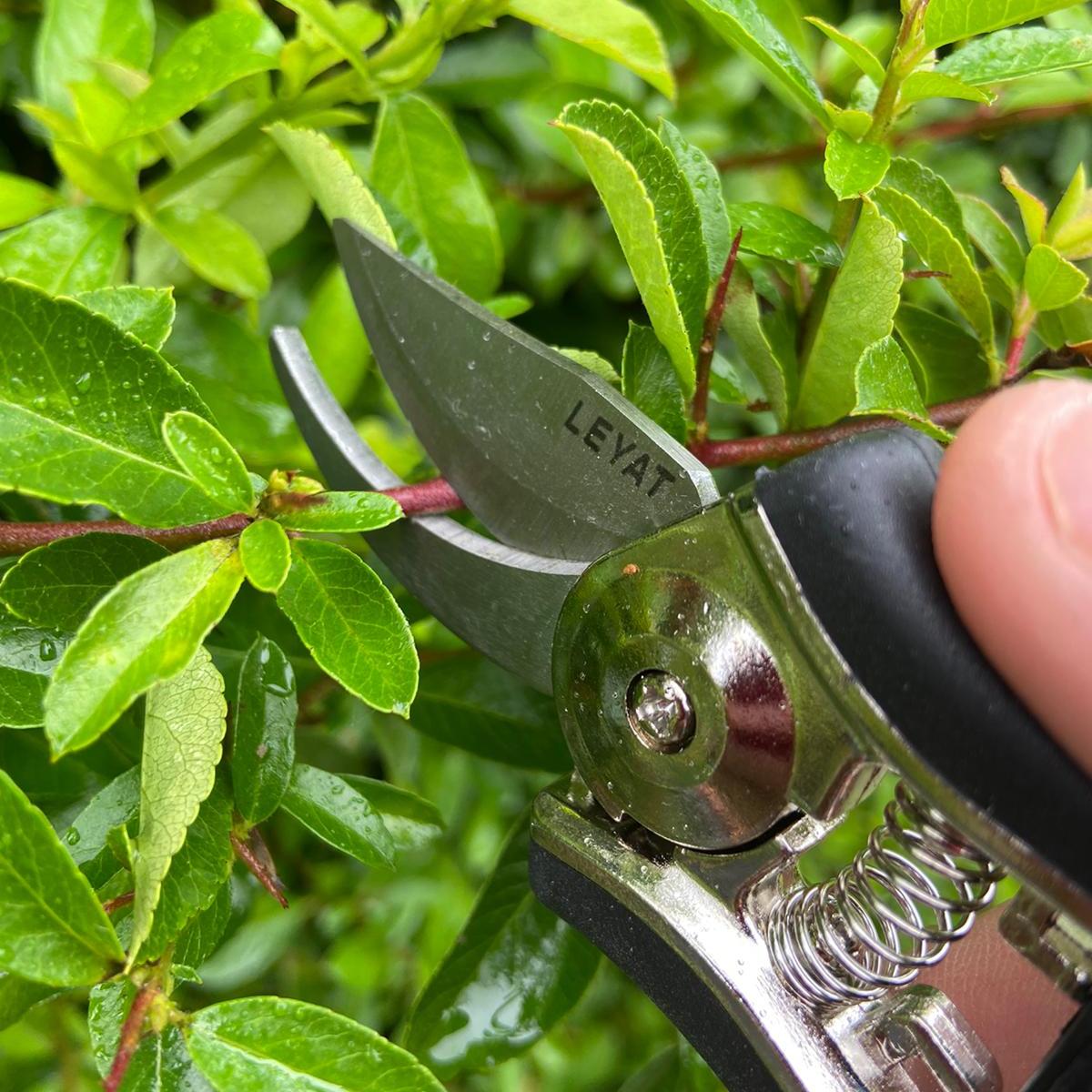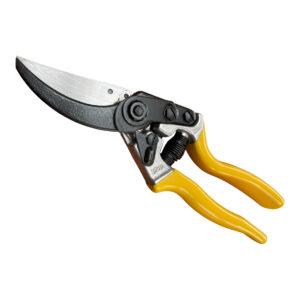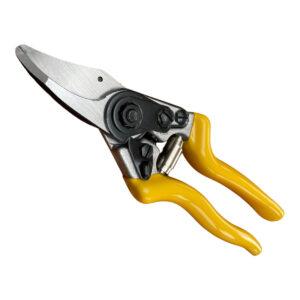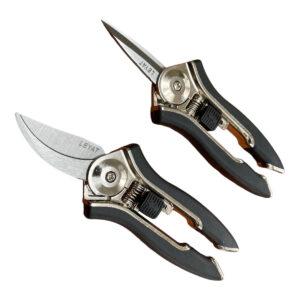Description
DISCOVER THE PLANTS THAT SHOULD BE PRUNED IN SPRING…
For many gardeners, spring can be the busiest time of the year. Another seasonal change in temperature and outdoor conditions often leads to a surge in plant growth. Combine this with a mix of jobs around the garden from soil preparation, sowing seeds, planting to pruning. Pruning in spring makes way for more growth and helps encourage flowers and foliage to flourish across a wide range of plants. Some spring-flowering shrubs flower on old branches and if left unpruned will force new growth only at the top of the shrub. Like all seasons some hardy plants can withstand pruning while others need careful treatment. After pruning, mulch plants with a generous layer of garden compost or well-rotted manure to give them a boost.
Secateurs, loppers, folding pruning saws and pruning handsaws will enable you to tackle a wide variety of jobs.
REMEMBER THOUGH… Not all plants are suitable for spring pruning. Some plants should be pruned in summer, while others are best left until autumn or winter. Check out our ‘what to prune in’ guides for other seasons.
Spring Flowering Shrubs
Shrubs that flower on the previous season’s growth, such as forsythia and weigela, benefit from being cut back immediately after flowering to keep them in check.
Summer Flowering Shrubs
Flowering shrubs that bloom in the summer such as fuchsia and buddleja should be cut back hard in spring to encourage a burst of new growth from the base of the plant, and plenty of flowers for the new season.
Tender Shrubs
Mediterranean shrubs such as lavender can be pruned in early autumn when temperatures are still mild, or in spring, after the harsh conditions of winter. If you live in a northern or eastern area it’s best to prune in spring as the old stems and flowers help protect new shoots from frost in winter. Other tender shrubs to prune in spring include cistus and rosemary.
Perennials
Any herbaceous plants you didn’t cut back in autumn, including plants with decorative winter seedheads or stems, can be cut back in spring. These include sea hollies like thistles. Use secateurs to tidy them up, removing seedheads, stems and brown leaves. Pop them onto an open compost heap, rather than a closed one, in case insects are still using them for homes and safety.
Plants grown for colourful stems
Encourage the growth of colourful winter stems by cutting plants such as dogwoods and willow back hard in early spring. Do the same with plants grown for their foliage, such as cotinus.
Ornamental Grasses
Deciduous grasses, such as Miscanthus, that have withstood winter can be cut back hard from March. Remove all the brown growth, leaving any new green stems behind.
This guide is intended to give information and advice only. It is the user’s responsibility to ensure necessary training and experience is achieved to use a pair of secateurs and pruning tools safely.




